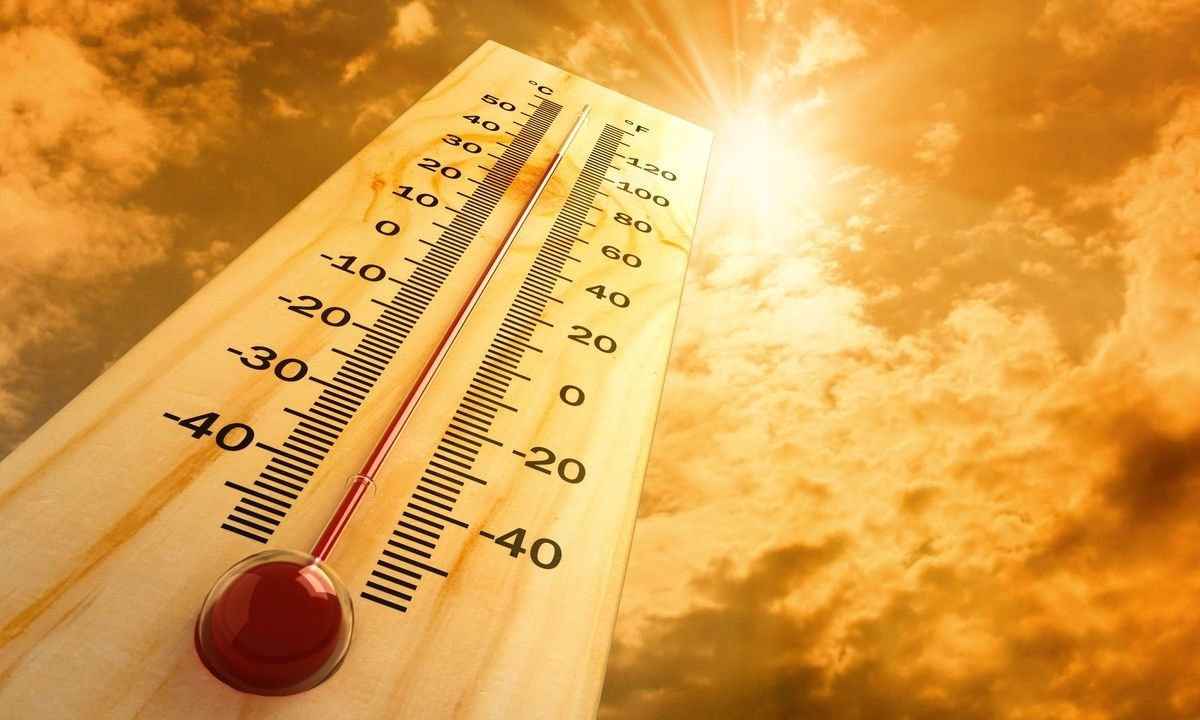
What is an Alerta de Calor Extremo? It's a warning issued by meteorological agencies when temperatures reach dangerously high levels, posing serious health risks. Why is it important? Extreme heat can lead to heatstroke, dehydration, and other life-threatening conditions. Who needs to pay attention? Everyone, but especially vulnerable groups like the elderly, children, and those with pre-existing health conditions. When is it issued? Typically during summer months or unexpected heatwaves. Where does it apply? Regions experiencing unusually high temperatures. How can you stay safe? Stay hydrated, avoid strenuous activities, and seek air-conditioned environments. Understanding these alerts can help you protect yourself and your loved ones from the dangers of extreme heat.
What is Alerta de Calor Extremo?
Alerta de Calor Extremo, or Extreme Heat Alert, is a warning issued by meteorological agencies to inform the public about dangerously high temperatures. These alerts aim to protect people from heat-related illnesses and fatalities.
-
Alerta de Calor Extremo is typically issued when temperatures are expected to exceed 40°C (104°F) for an extended period.
-
These alerts are crucial for vulnerable populations, including the elderly, children, and those with pre-existing health conditions.
Why Are Extreme Heat Alerts Important?
Extreme heat can have severe health impacts. Understanding the importance of these alerts can help save lives.
-
Heatwaves are responsible for more deaths annually than any other weather-related event.
-
Prolonged exposure to extreme heat can lead to heat exhaustion, heatstroke, and even death.
How to Stay Safe During an Extreme Heat Alert
Knowing how to protect yourself during an Alerta de Calor Extremo is essential.
-
Stay hydrated by drinking plenty of water, even if you don't feel thirsty.
-
Avoid strenuous activities during the hottest parts of the day, usually between 10 a.m. and 4 p.m.
-
Wear lightweight, loose-fitting clothing to help your body stay cool.
-
Use fans or air conditioning to maintain a comfortable indoor temperature.
The Role of Meteorological Agencies
Meteorological agencies play a vital role in issuing and managing these alerts.
-
Agencies like the National Weather Service (NWS) and local meteorological departments monitor weather patterns to predict extreme heat events.
-
These agencies use advanced technology, including satellites and computer models, to forecast heatwaves accurately.
Impact on Communities
Extreme heat alerts have a significant impact on communities, especially urban areas.
-
Urban areas, with their concrete and asphalt, can become "heat islands," making temperatures even higher.
-
Community centers and public buildings often serve as cooling centers during extreme heat events.
Historical Examples of Extreme Heat Events
Looking at past events can help us understand the severity of extreme heat.
-
The European heatwave of 2003 resulted in over 70,000 deaths, highlighting the deadly potential of extreme heat.
-
In 1995, a heatwave in Chicago caused over 700 deaths, many of which were elderly individuals living alone.
Climate Change and Increasing Heatwaves
Climate change is contributing to the frequency and intensity of heatwaves.
-
Global temperatures have been rising, leading to more frequent and severe heatwaves.
-
Scientists predict that if current trends continue, extreme heat events will become even more common in the coming decades.
Final Thoughts on Alerta de Calor Extremo
Extreme heat alerts, or Alerta de Calor Extremo, are vital for public safety. These warnings help communities prepare for dangerous heat waves, reducing health risks like heatstroke and dehydration. Knowing the signs of heat-related illnesses and staying informed through reliable sources can save lives. Simple actions like staying hydrated, avoiding strenuous activities during peak heat, and checking on vulnerable individuals can make a big difference.
Governments and organizations play a crucial role in disseminating these alerts and providing resources to cope with extreme heat. As climate change continues to impact weather patterns, the frequency and intensity of heat waves are likely to increase. Staying educated and prepared is more important than ever. By understanding and respecting these alerts, we can protect ourselves and our communities from the dangers of extreme heat.
Was this page helpful?
Our commitment to delivering trustworthy and engaging content is at the heart of what we do. Each fact on our site is contributed by real users like you, bringing a wealth of diverse insights and information. To ensure the highest standards of accuracy and reliability, our dedicated editors meticulously review each submission. This process guarantees that the facts we share are not only fascinating but also credible. Trust in our commitment to quality and authenticity as you explore and learn with us.
